Before Roger Jones goes through his comparison tasting hosted at Hedonism last week, a brief update on China and its wine culture.
China as many of you know is a country, which has been growing incredibly fast in recent times, but how much do we know about their vines and winemaking?
The latest figures (2016) states that China is:
- the second largest global vineyard area in the world and
- the sixth largest wine producing country in the world, larger than South Africa, Chile or Argentina.
- only accounts for 4.3% of the world wine production.
It is the world’s largest red wine consuming country (until recently there was no translation for white wine), possibly more to do with the colour red being lucky than taste. 80% of wine consumed in China is produced domestically.
Per capita consumption by 2020 is estimated to reach 1.5 litres per year (compared to Italy at 48 litres and UK at 24 litres) thus the possibilities with a 1.4 billion population is vast.

Lenz M Moser, winemaker and consultant, Hedonism, London, April 2018
The first Chinese wine company Changyu was established in 1892 by Zhang Bishi in Yantai, Shandong, introducing over 120 grape varieties from Germany, Austria, Spain and Italy. In 1930 the Qingdao Melco Winery was established, by the Germans. However the biggest change in the wine scene happened after Chairman Mao’s death in 1976 and the ‘reform and opening up policy’ of 1978. Although in the 1980s a significant amount of production was based on “half-juice wine” which mixed grape juice with water, sugar and other fruit juices, this was put under strict controls in the 1990s, before being finally banned in 2004.
More significantly in 1996 Premier Li Peng criticised the harmful effects of drinking harsh Chinese grain spirits (a poor relation to Japanese Sake) and praised the consumption of red wine. In a country where everyone follows their leader this was a major breakthrough for wine education and promotion in China.

Cultural differences, it’s important to understand that in China the Boss is the Boss, there is no forum.
In the 1980s Dynasty Wines was founded as a joint venture between Remy Martin and the Tianjin Agricultural Bureau and last year, incidentally, put its winemaking facilities up for sale following five years of consecutive loss.
In 1995 there were 240 wineries in China, after Li Peng’s speech another 200 opened in the next 18 months. Significant growth has continued since, and, when China entered into the World Trade Organisation in 2001 this allowed foreign wines into China bringing with it competition, comparison and then new technology and management to increase the quality of the local wine.
Cabernet Sauvignon is by far the biggest production, with wine regions based all over the vast country.
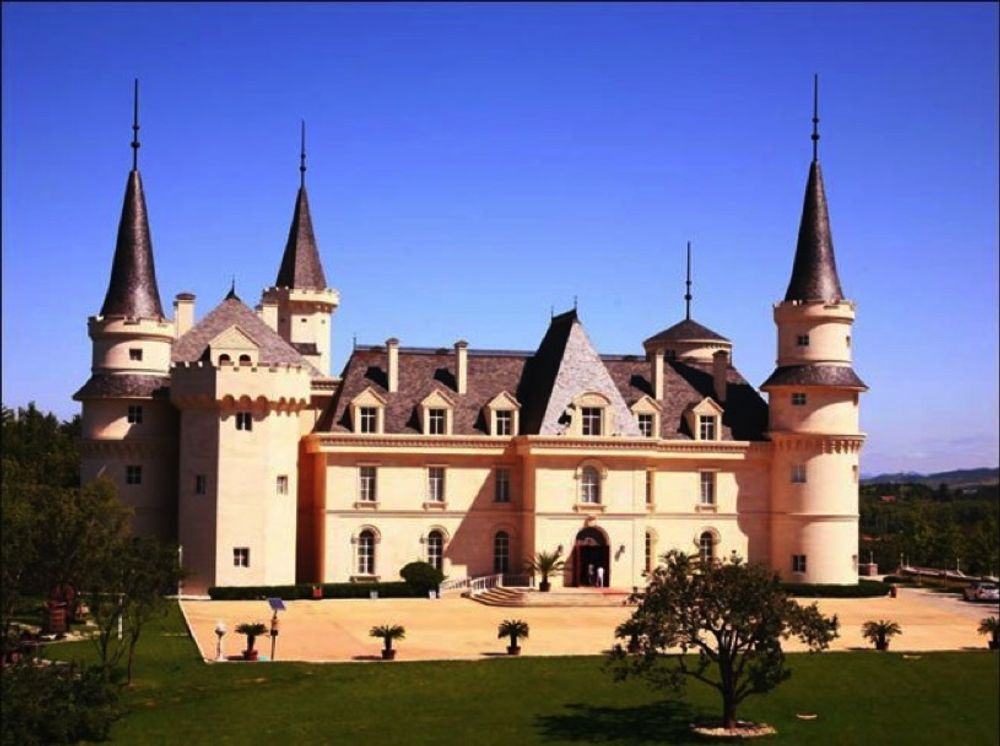
Changyu-Moser: a £70m investment for the chateau itself
Everything in China is done on the big scale and the beautiful Château Changyu-Moser is no exception, with Austrian winemaker Lenz M Moser firmly putting his stamp on this estate. Significantly he explained that from the 2015 he had managed to get more control on everything and he was very happy with how this was a turning point, and now able to look at these wines on a global level. To highlight this during the tasting he compared these with three exceptional wines from three world class estates.
The château cost £70 million to build and was opened in 2012, however the first wine was produced in 2008. They have their own cooperage and make barrels with imported French wood.

Game for a laugh: Lenz M Moser
The humorous Frank Kämmer MS, (who knew Germans had humour?) introduced us to the tasting by giving us an in-depth account of China not only in wine terms but also in their lifestyle.
Lenz M Moser is the 5th generation of the Moser family from the Niederosterreich region of Austria, and has been a consultant and winemaker to Château Changyu-Moser since 2005. The multi-million pound enterprise was one of the first to export wines to Europe and is listed in numerous establishments in the UK from Berry Bros to high flying restaurants such as 67 Pall Mall, Sexy Fish, China Tang, Restaurant Sat Bains, and the Mandarin Oriental.
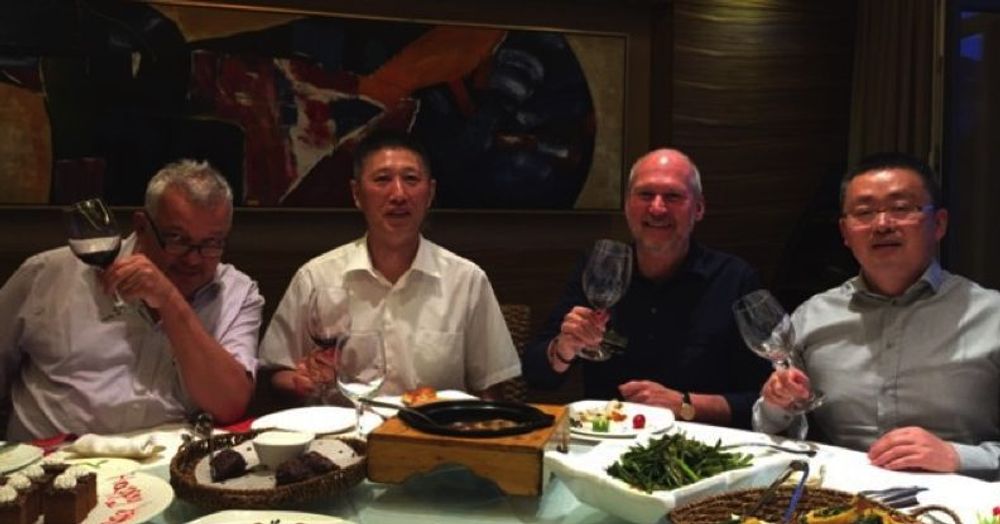
Drinking is very much part of the day to day business culture, the ability to empty a glass in one is strongly encouraged, in fact it is a must, with the shout of “Ganbei”, meaning “dry cup”. Unless you are a monk or pregnant you are expected to match glass for glass with your host or worse still the company’s elected drinking representative.
The Wines
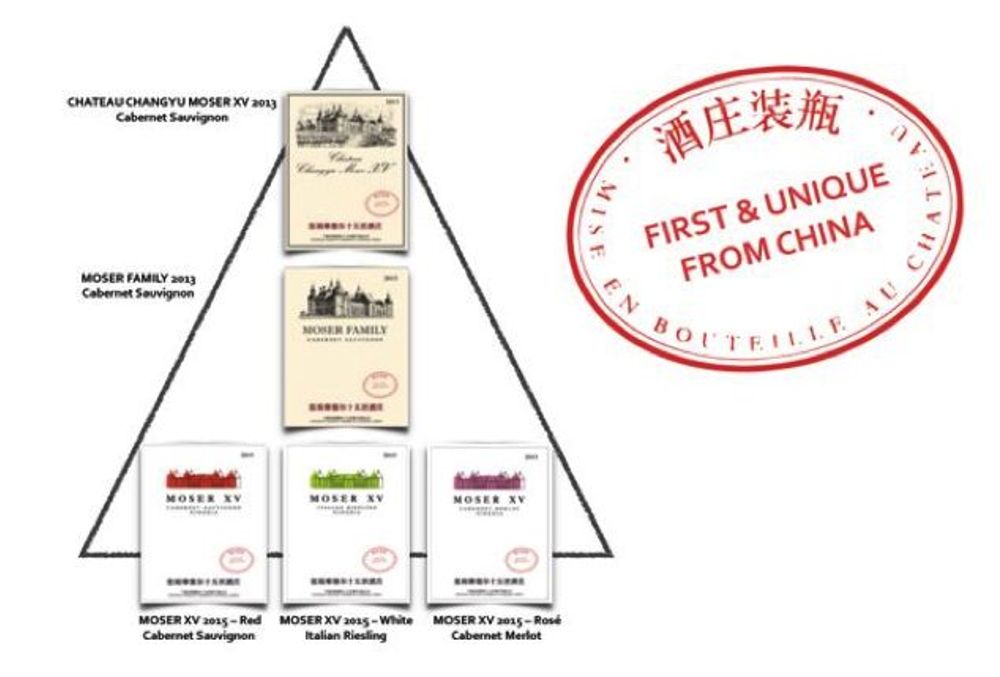
There are three levels to Château Changyu-Moser wines and include a Riesling, known as Italian Riesling, but in fact is Welchriesling.
Chateau Changyu-Moser XV, Italian Riesling, Helan Mountain Range 2016
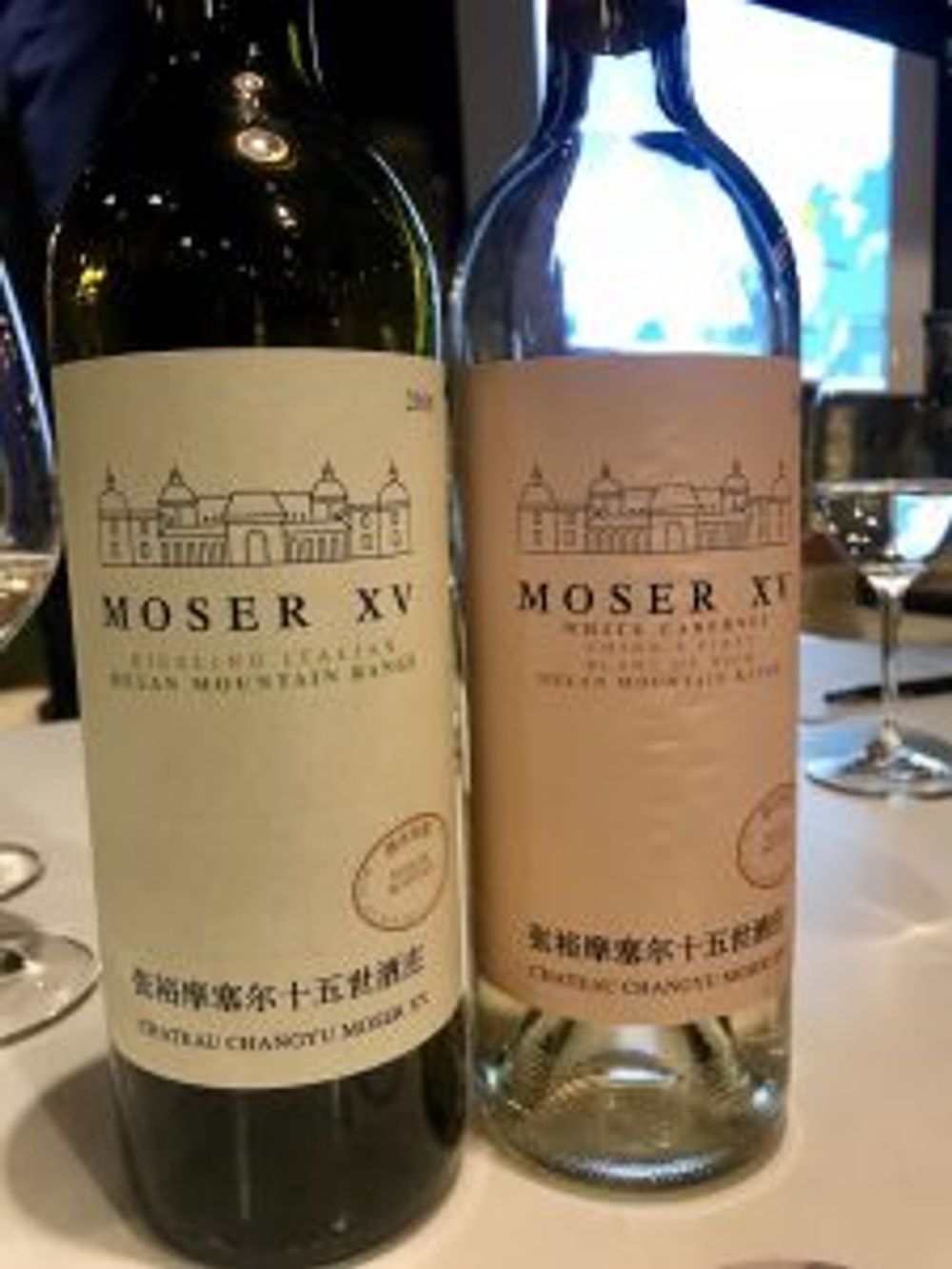
Typical of the Welchriesling style, delicate honeysuckle, spice mellow touch of Retsina in a pleasant way, pine nuts and acacia.
Chateau Changyu-Moser XV, Cabernet Sauvignon Blanc de Noir 2016
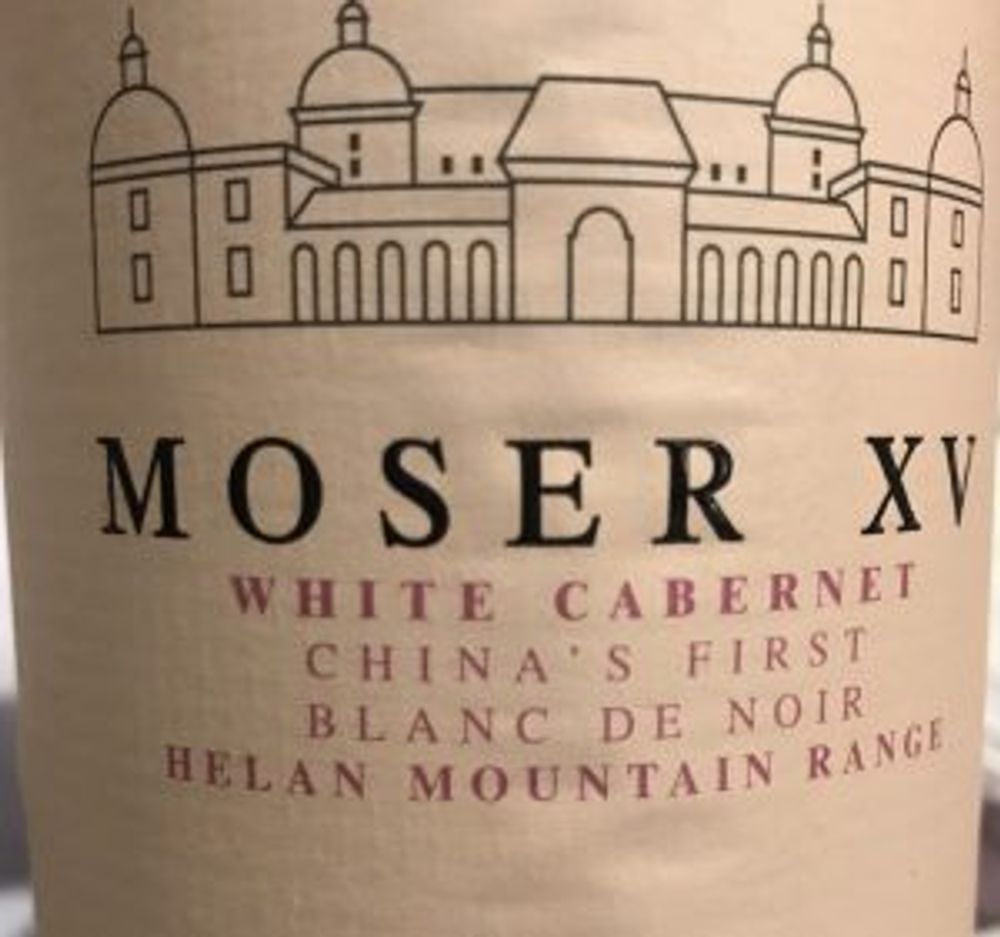
Apricots, and fruity on the nose with an evolving beautiful perfume of white flowers, luscious on the palate, wonderfully balanced with exact purity – there is a lovely freshness that carries this layered wine.
This wine derives from accident when Lenz thought that his entire Cabernet Sauvignon grapes were going to be ruined in 1996 back in Austria due to the weather so he quickly picked and established some free run juice to make a white Cabernet. Formed from a negative, nevertheless this is an outstanding food-friendly wine of exceptional quality.
Chateau Changyu-Moser XV, Cabernet Merlot, Helan Mountain Range 2016, Rose
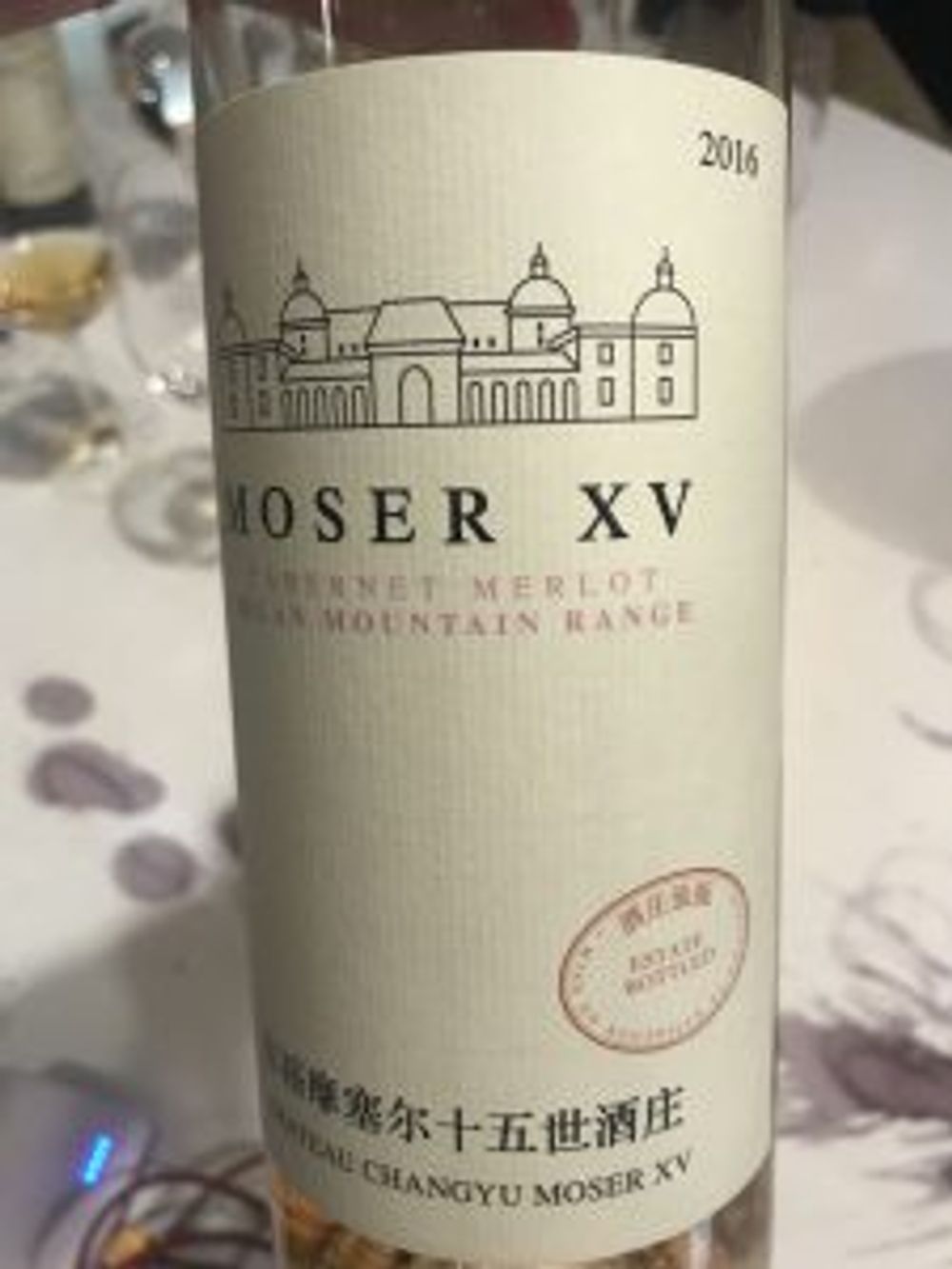
A savoury, full-flavoured rosé, offering more texture than summer strawberries, pleasant acidity, and a wine with body.
Chateau Changyu-Moser XV, Cabernet Sauvignon, Helan Mountain Range 2016
This is the entry level red, with a retail price of about £10. Powerful nose, sweet berries, savoury, tannins are still at the front, blackberries, violets.
The next two wines are what they call their 2nd wines of the Chateau and retail around £25 a bottle
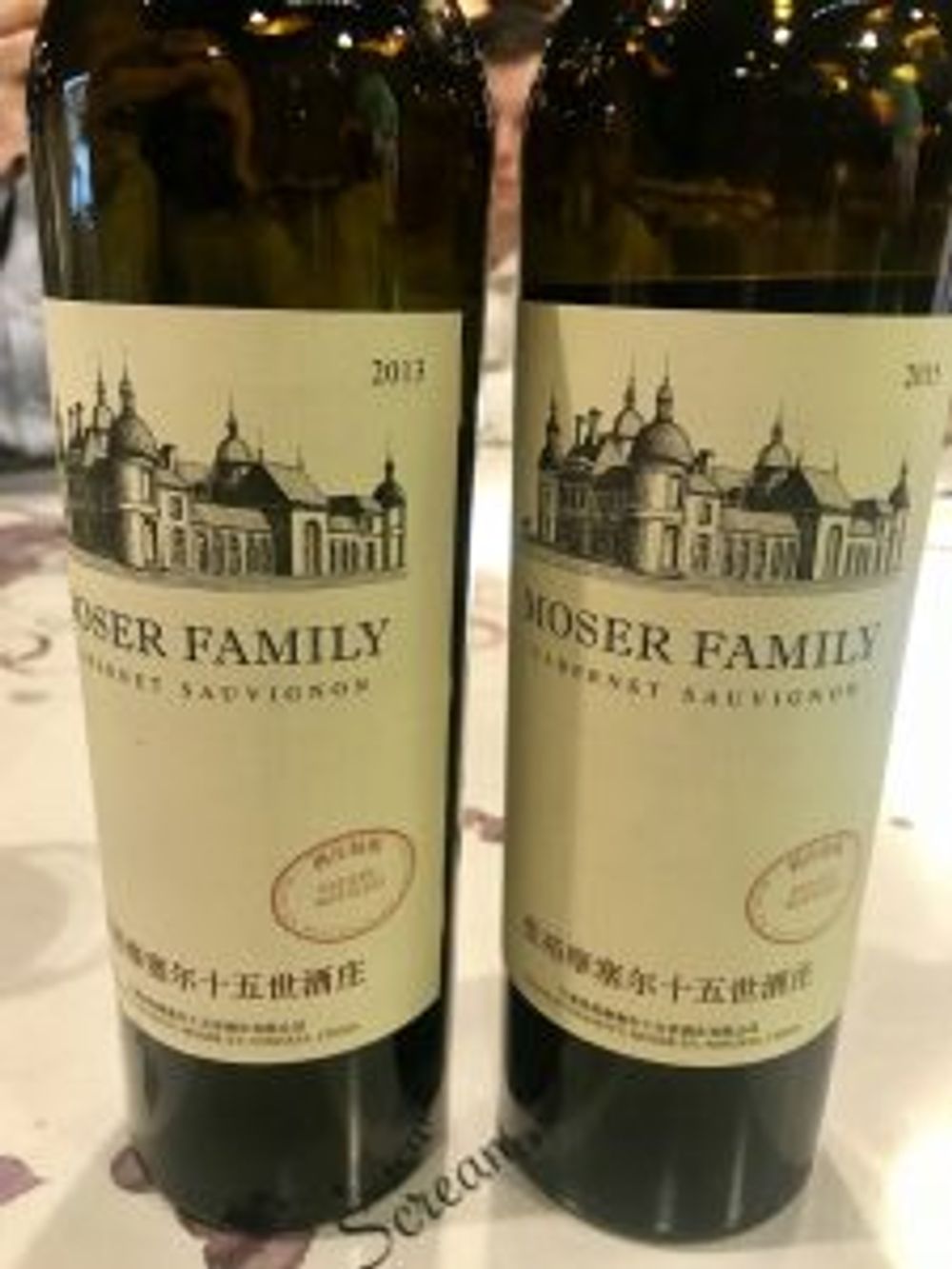
Chateau Changyu-Moser XV, Moser Family, Cabernet Sauvignon 2013
Black fruit, eucalyptus, savoury, tastes older than 2013, drinking well now but not sure how much longer, slightly clumsy.
Chateau Changyu-Moser XV, Moser Family, Cabernet Sauvignon 2015
A marked level up, more fruit, evolves beautifully on the palate, gentle spices from small clusters of grapes, layered and precise, still has an age to evolve, this is an excellent wine.

Chateau Beychevelle, Grand Vin, Saint –Julien, 2011
Black cherries, slightly taught and dry herbs in background, seemed a bit closed or in need of ageing, thought that the Moser Family 2015 showed better.
The next two wines are their flagship wines, and retail from £50 a bottle.
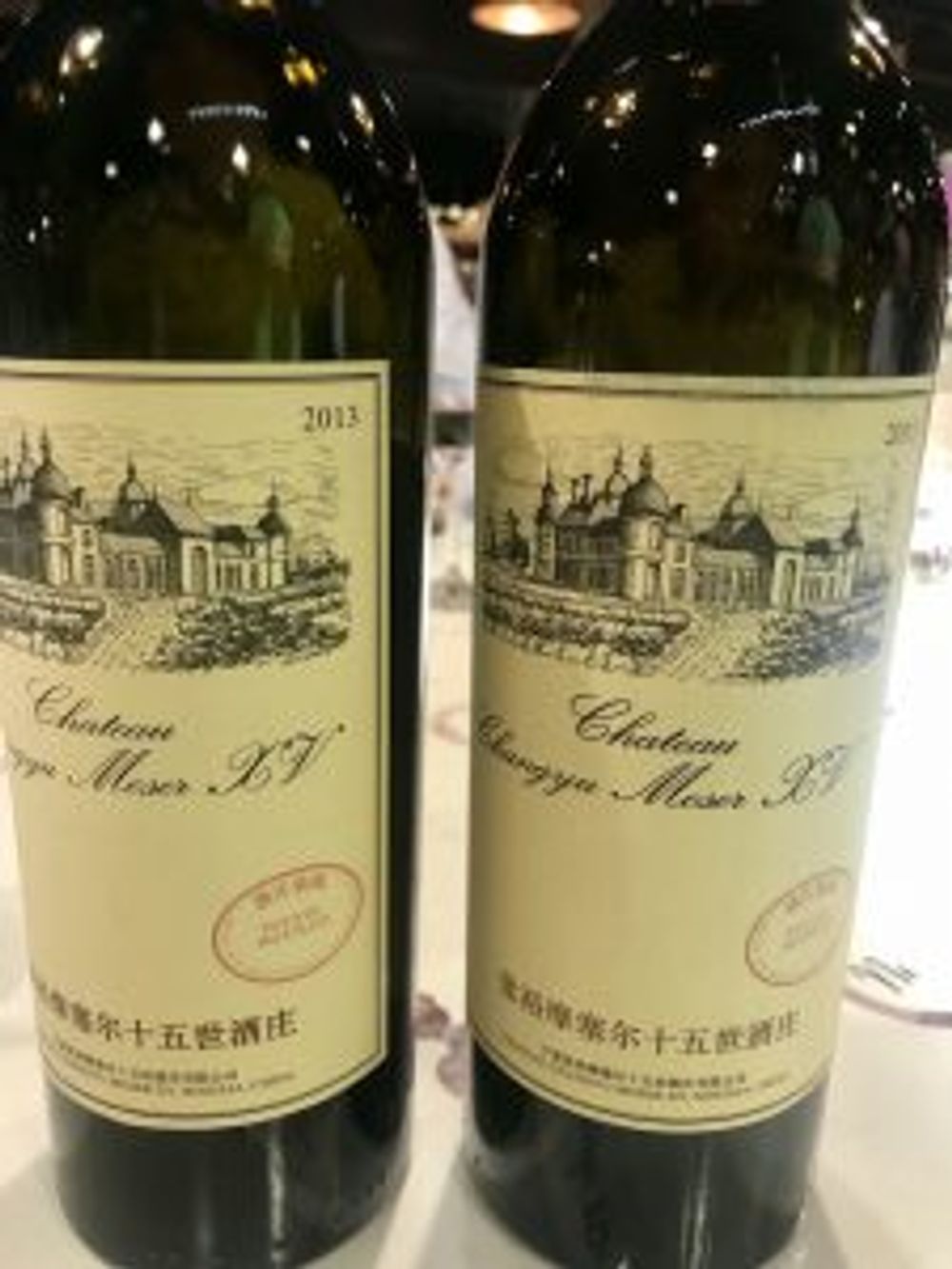
Chateau Changyu-Moser XV, Grand Vin, Cabernet Sauvignon 2013
Rich and evolved, juicy fruit forward, chocolate and spices, minty, wild blackberries and mulberries, easy drinking.
Chateau Changyu-Moser XV, Grand Vin, Cabernet Sauvignon 2015
As previously discussed, Lenz is now far happier and this vintage highlights the quality they can now achieve. This is another level to the 2013, it has a seductive appealing nose, it is both delicate and layered with dark, juicy, purple victoria plums; the wine dances on the palate, precise, pure, a polished wine of huge quality.
Vina Sena, Robert Mondavi & Eduardo Chadwick, Sena 2015
So impressed was I with this gem of a wine that I raided my cellar when I got home to have another go at it. A luscious layered textured wine that beautifully balances a multitude of berry flavours into a complete wine.
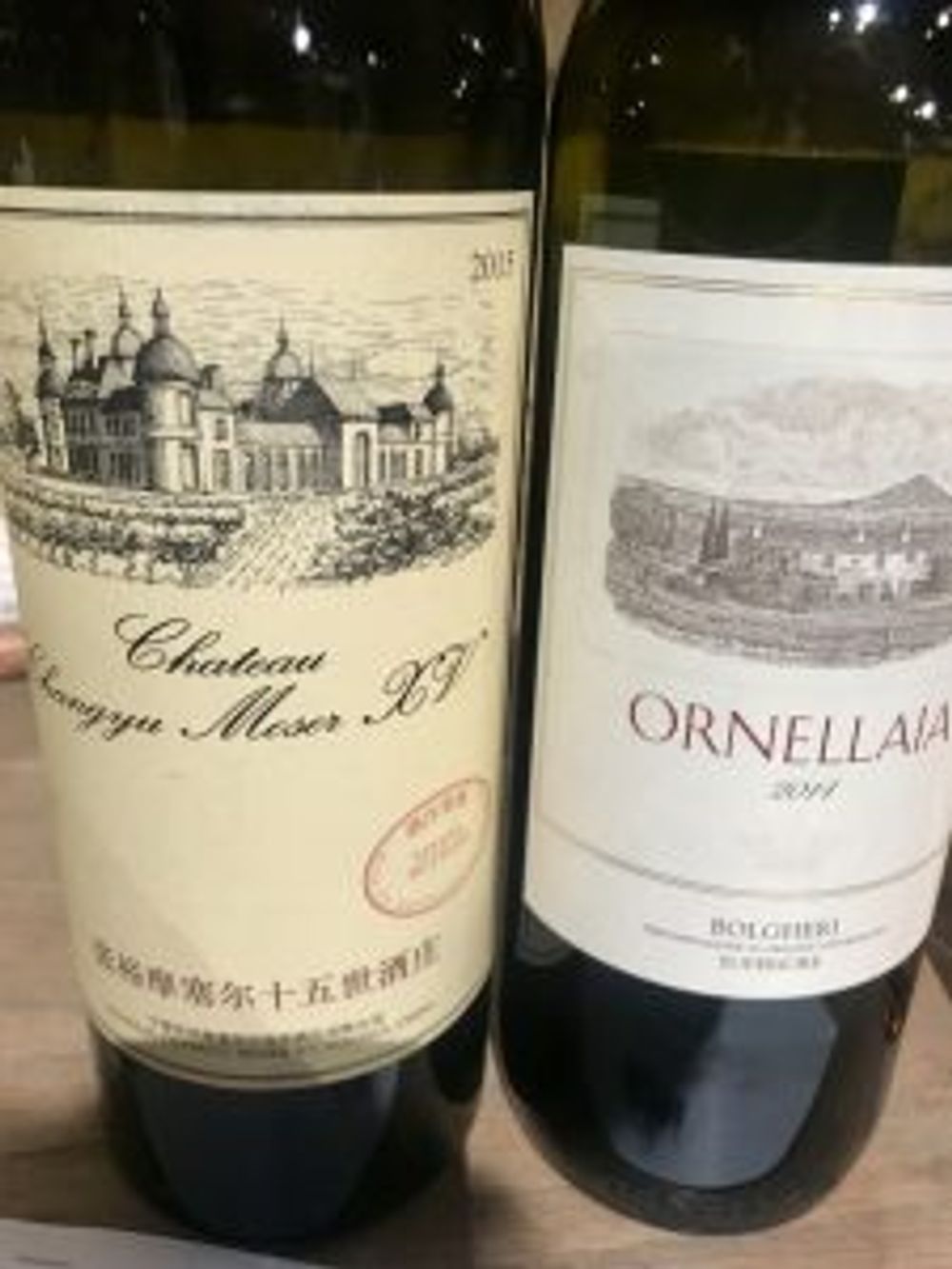
Tenuta dell’Ornellaia, Ornellaia 2014
This will benefit from age, still quite tight, spiced dark tobacco, dark currants, spices and toasty flavours. Some powerful tannins.
Changyu Golden Diamond Ice Wine “Gold” Vidal 2015
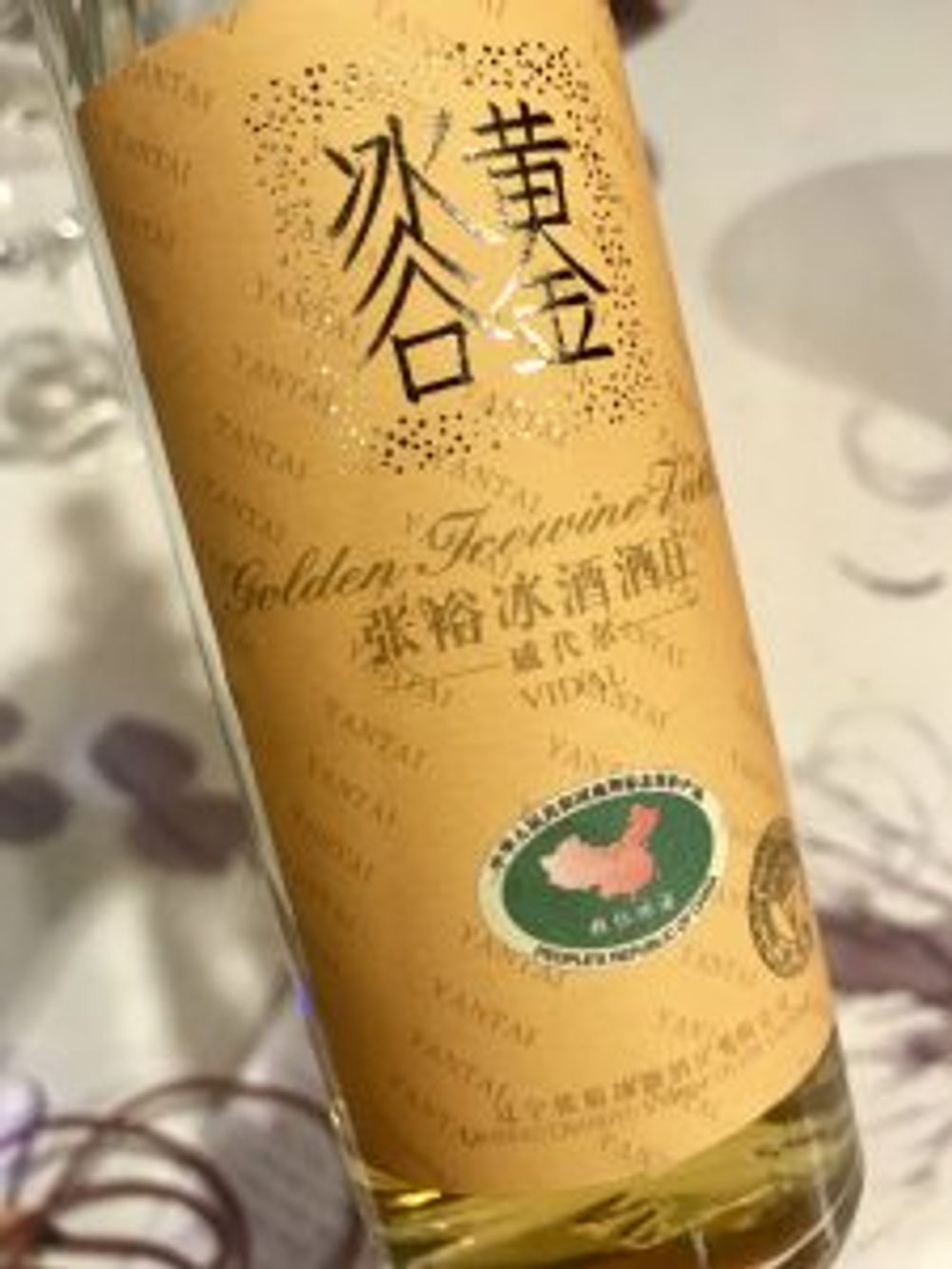
Based on Inniskillin style this is a luscious full-bodied white peach nectar that is beautiful.
A fabulous insight not only into how China could fare the future of wine, imagine if their consumption went up by just one litre per person, we would run out of wine but great to see such quality and the outstanding work Lenz has achieved in China. All wines are available through Bibendum.









































